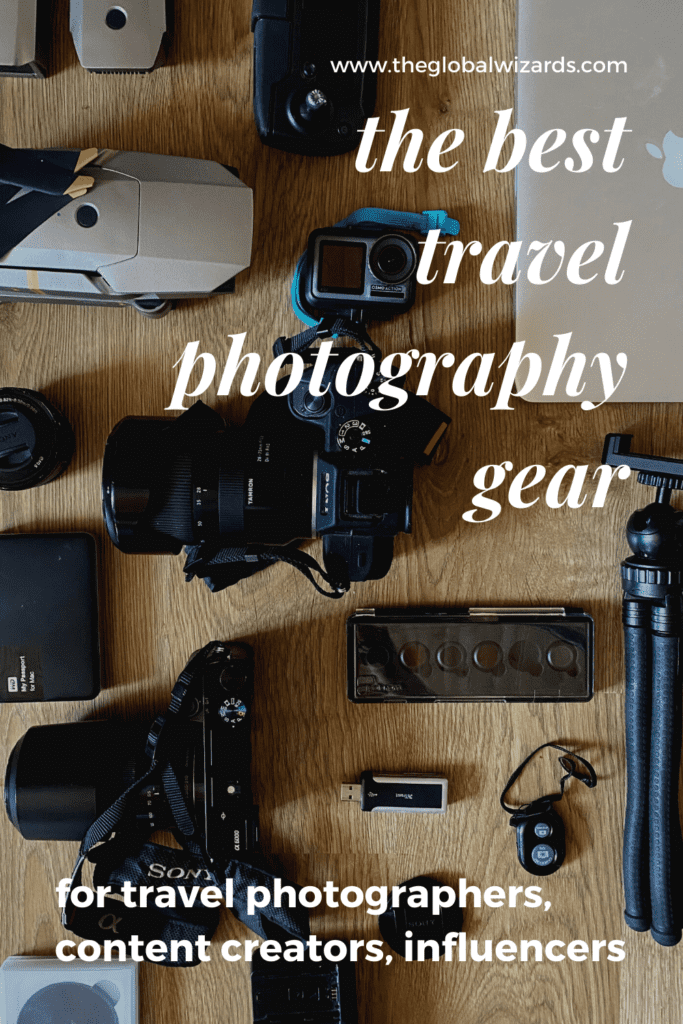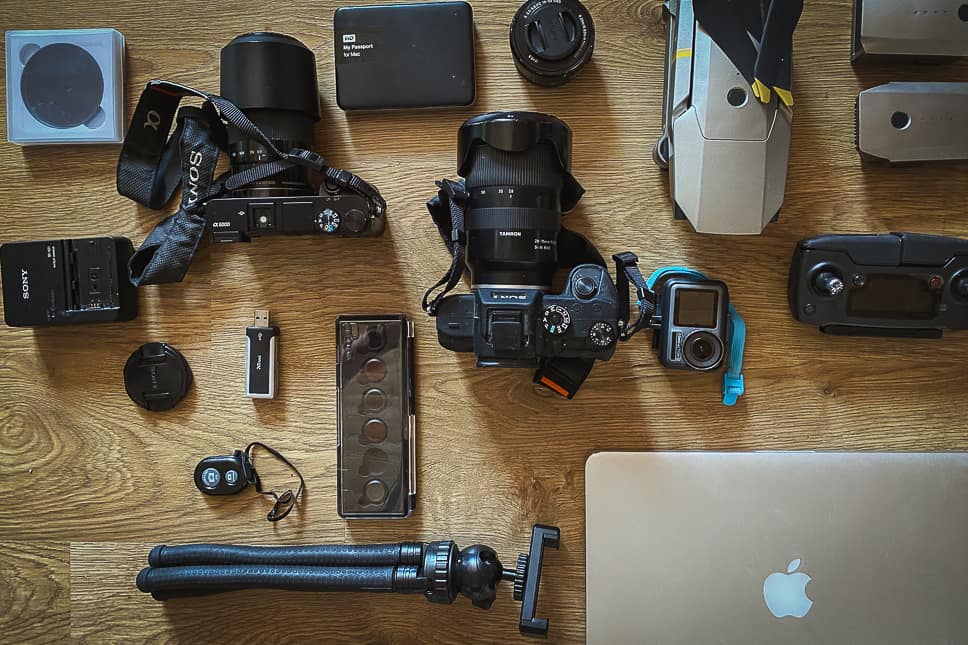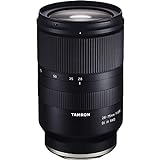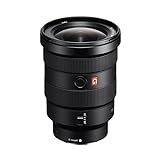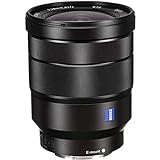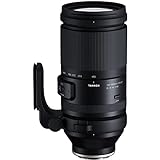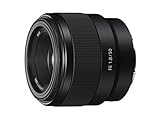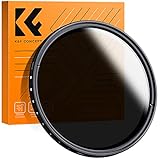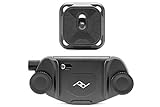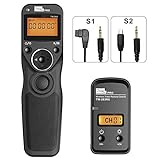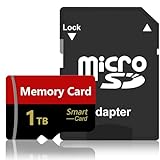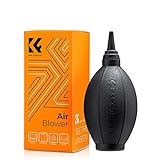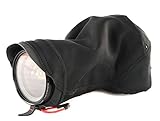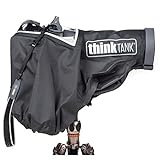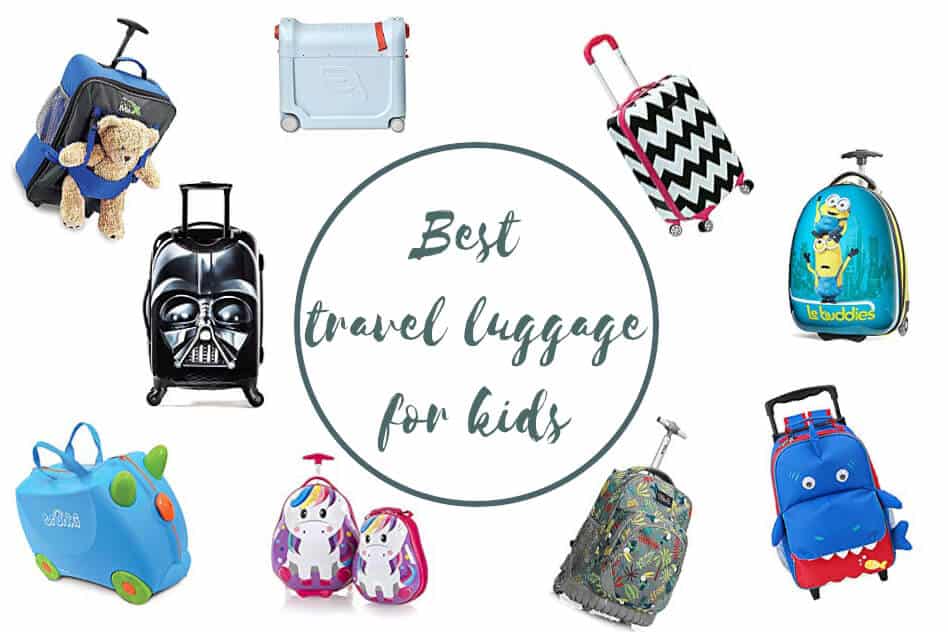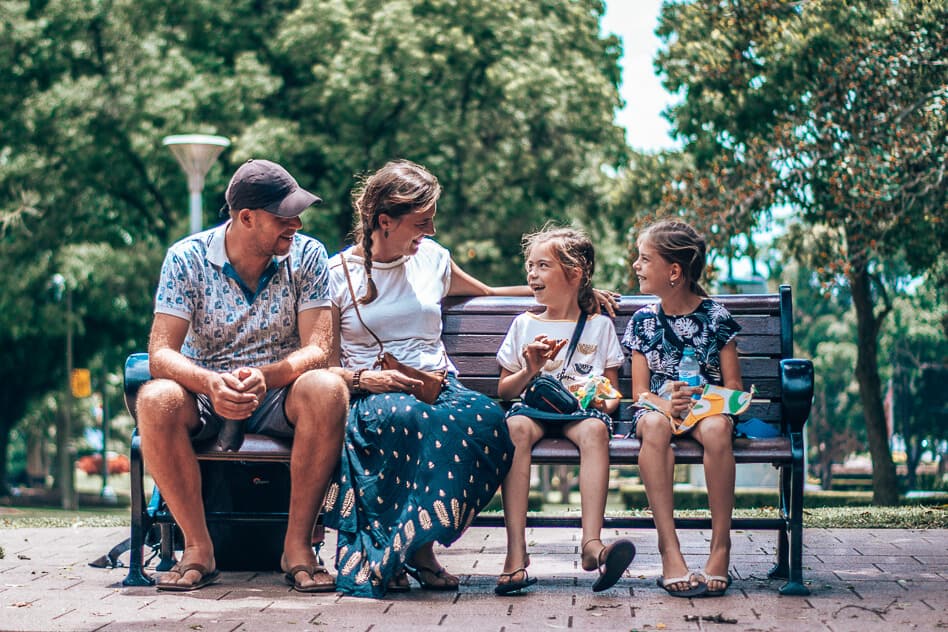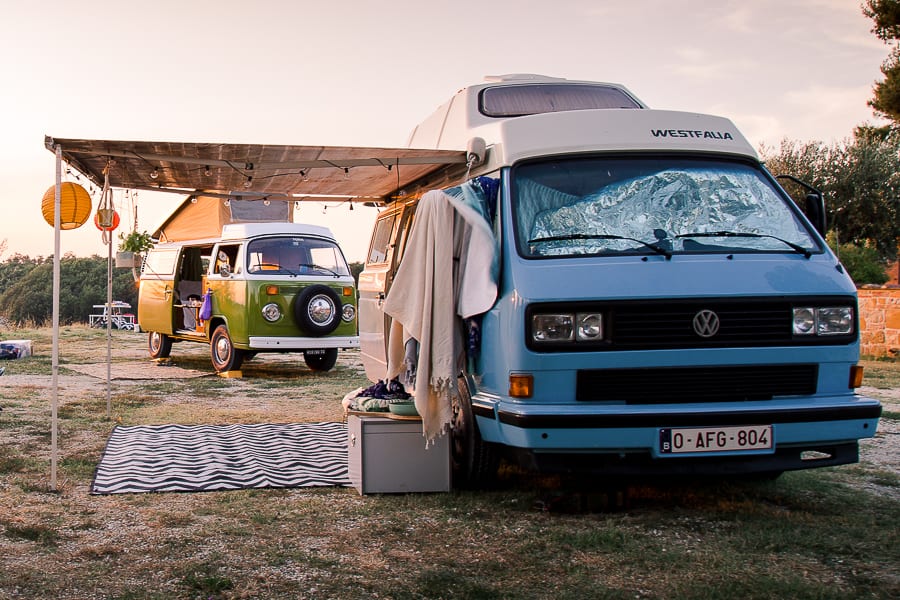Must-have Travel Camera gear for a travel photographer or influencer
“What’s in your camera bag?” or “What travel photography gear do you use?”. It’s the most common question we hear since we work as (family) travel photographers and bloggers over the past few years.
If you’re a beginning travel photographer, content creator, or influencer, it can be hard to determine the best camera for traveling or the must-have travel photography essentials.
But even as an experienced photographer, it’s always good to learn what others use and keep yourself up to date with the newest travel photography equipment.
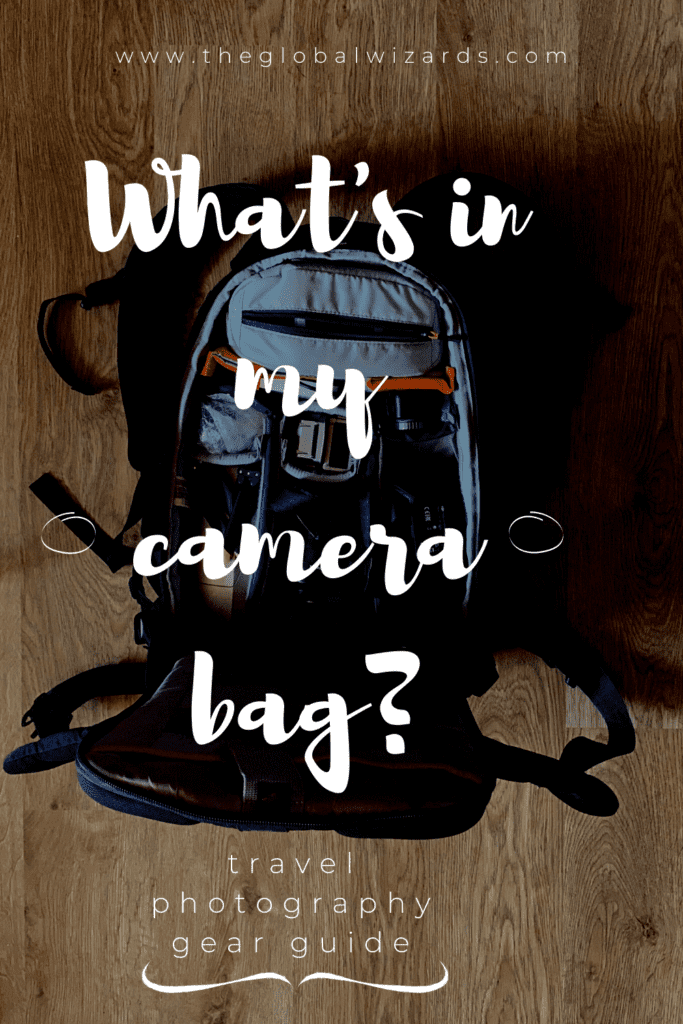
The biggest issue, being a traveler, is that you can’t bring 5 lenses and 3 cameras. You have to be smart in choosing the best camera for travel photography, the best lens, and the best camera travel accessories. They have to be light, compact, and serve many goals.
Over the years, our traveling with camera gear has evolved. If you’re starting out, you just need some minimalist travel photography gear. However, if you want to be a professional, you’ll need to invest.
Read more: How to take the best family travel pictures?
Not sure what to choose? We’re here to help you out! Whether you’re trying to determine the best travel photography gear for you or are just curious to find out what we have in our camera bag, read on!
Best camera for travel photography
Everything starts with choosing the right camera. Determining the perfect one for you isn’t easy. It depends on your budget, your preferences, and how much you are willing to carry around.
Some travel photographers even bring two, so they’re ready for any situation that presents itself. However, if you’re just starting out, we advise you to invest in one high-quality camera.
The first decision you have to make is whether you want a classic DSLR, a mirrorless camera, or a budget point-and-shoot.
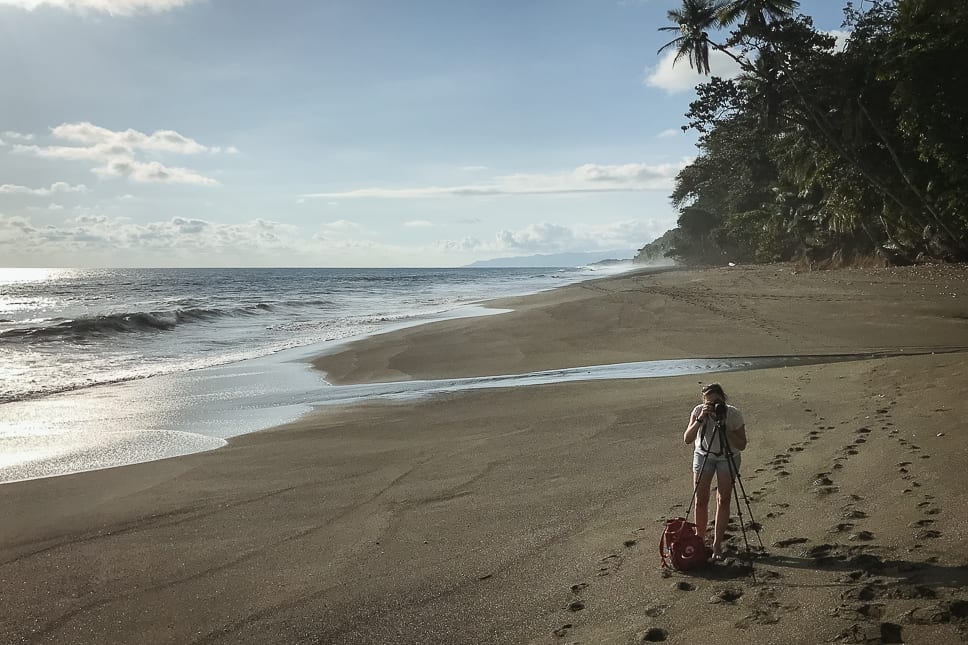
Point-and-shoot vs DSLR vs Mirrorless
A point-and-shoot camera allows you to take great pictures without any technical knowledge. They are the quickest and easiest way to get started. Some great ones are the Sony RX100 VII (a bit expensive though), Canon Powershot SX740, Olympus TG-6, or Panasonic Lumix ZS200.
However, if you want to be more professional as a travel photographer and most definitely as a content creator or influencer, you need a more professional camera.
Furthermore, many smartphones are equally as powerful as point-and-shoot cameras these days. That’s why we won’t be covering them in this article.
DSLR and mirrorless cameras allow you to manipulate ISO, aperture, shutter speed, … and have interchangeable lenses. The main difference between the two is the mirror.
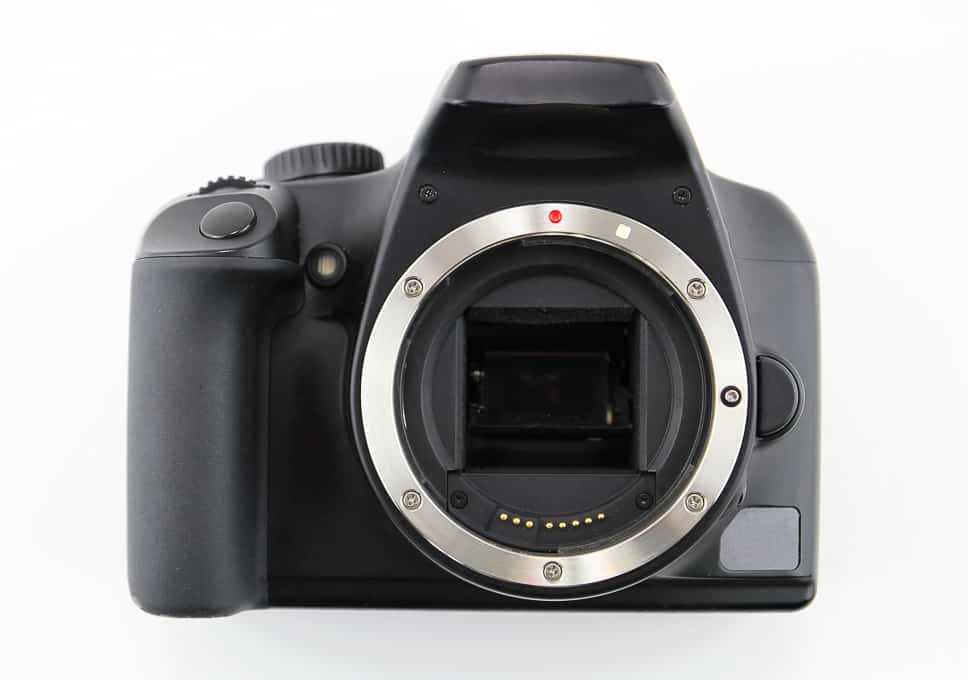
A DSLR has a mirror inside, which means what the camera sees is exactly what you see with your eye. A mirrorless camera doesn’t and therefore can be less heavy and smaller. A huge advantage for travel photography.
As the quality of these mirrorless cameras is equally as good as the DSLR, many (even professional) photographers are making the switch to a mirrorless camera.
DSLR and mirrorless cameras come in entry-level, semi-professional, and professional versions. Usually, the more professional ones have a full-frame sensor, which means they can perform better than crop sensors in low light circumstances.
PRO TIP: We’d advise a mirrorless camera any time for a travel photographer, content creator or influencer. They are compact, lighter and equally as good.
Don’t forget, the camera is a tool. A fantastic camera doesn’t necessarily mean you’ll take perfect pictures. That also depends on your composition, the light, the settings you used, …
What we own – our favorite camera
Each photographer has their favorite brand. We are Sony lovers and own a Sony a6000 and a Sony A7R III. Sony, in general, is known for its crystal clear quality and is the market leader when it comes to mirrorless cameras.
The Sony a6000 is a perfect entry-level, crop-sensor, budget-friendly mirrorless camera. You can even try to find a second-hand one, which is how we started. If you’re buying a new one, we would advise the Sony a6400, which is a newer version with slightly better features and functionalities. For vlogging, the Sony a6600 is fantastic.
Our main camera is the Sony A7R III, a high-end, full-frame mirrorless camera. In our opinion, this one or its successor, the Sony A7R IV (which is on our list) is the best camera for travel photographers, content creators, or influencers.
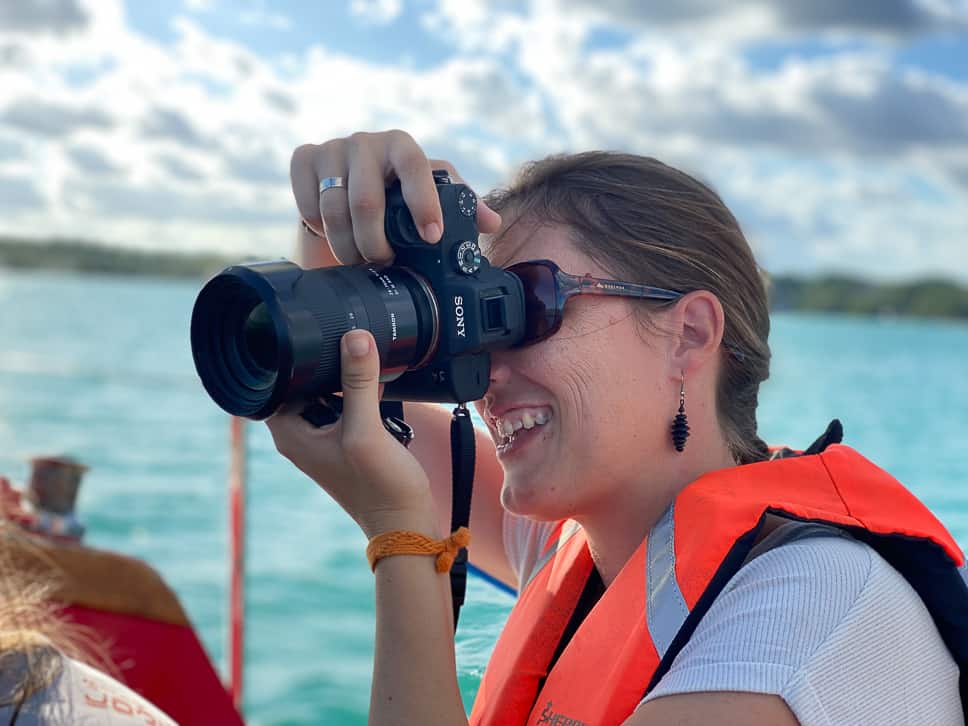
The Sony A7R III has amazing image stabilization (perfect for filming or long exposure), a silent shooting mode (perfect for wildlife), great low-light performance, and an eye-focus mode (perfect for portraits).
We especially love its fantastic sharpness and white balance characteristics, producing beautiful colors and very sharp pictures. Furthermore, it can handle almost any situation, from landscape to portrait or wildlife photography.
With two memory cards and a long-lasting battery, this camera has never failed us during our travels and adventures.
Other travel cameras we can recommend
Although we’re Sony lovers, there are a lot of other great cameras for travel photography on the market. Especially if you already own lenses from other brands such as Canon or Nikon, you might want to stick to your brand.
We will only highlight mirrorless cameras, as we truly believe these are the best choice for any traveler. If you want to use your pictures professionally, we advise you to check out the high-end cameras.
- Budget-friendly / Mid-range mirrorless travel cameras:
Besides the Sony A6000 and Sony A6400, we mentioned earlier, other fantastic mirrorless cameras that are budget-friendly or mid-range are the Canon EOS M50 Mark II, Nikon Z-50, Olympus OMD E-M10 Mark IV, Fujifilm X-T30, or Panasonic Lumix G100.
- High-end mirrorless travel cameras (full-frame):
As mentioned before, our absolute favorite is the Sony A7R IV. Equivalents of this camera in other brands are the Canon EOS R6, Nikon Z7 FX, or Panasonic Lumix S5.
PRO TIP: Buy your body separately from your lenses, or buy a body with one lens included. If you buy a kit with multiple lenses, you’ll probably pay more or have less quality.
Best camera lenses for travel photography
Deciding which lens to choose can be hard. Good lenses tend to be expensive and depending on what or when you want to shoot, you’ll need a different lens. But as a traveler, you can’t bring a ton of lenses either.
There are four main types of lenses: medium zoom lenses (all round), wide-angle lenses (landscape), telephoto lenses (wildlife), and prime lenses (no zoom).
As we highly advise you to have a mirrorless camera for travel photography, all proposed lenses are for mirrorless (full-frame) cameras. If you already have a DSLR camera, look for the equivalents.
PRO TIP: If you have to choose between two similar lenses, choose the one with the lower F-number (if your budget allows it).
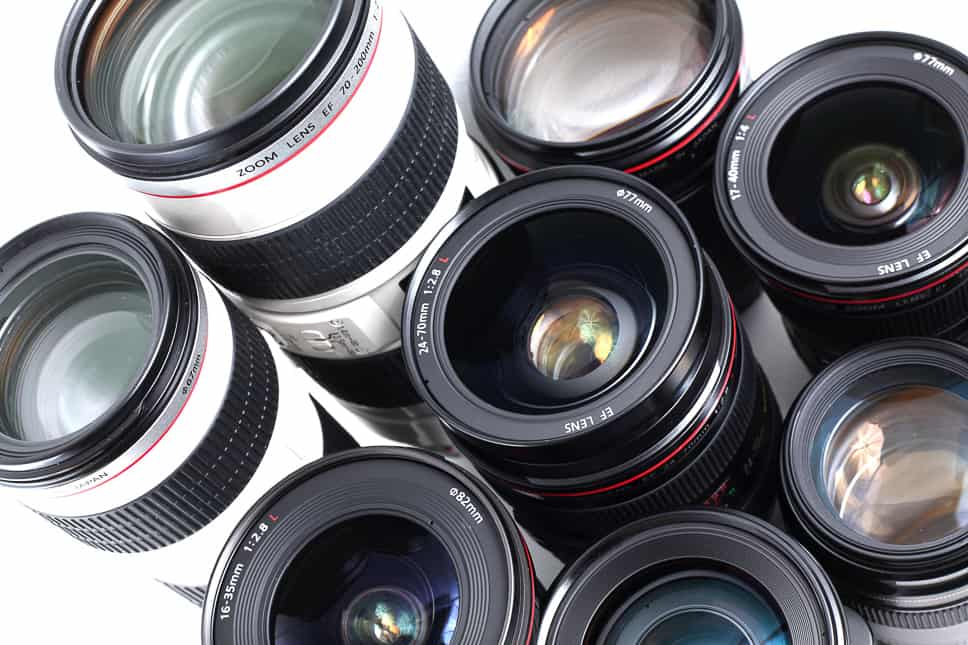
All-round, medium zoom lens
This is the first lens we bought and still use 80% of the time when we’re traveling. Unless you want to focus on landscape photography only (we focus on family travel photography), you’ll love this lens.
We own the Tamron 28-75mm F2.8, which is the budget equivalent of the even more qualitative Sony FE 24-70mm F2.8.
This type of lens offers the best of both worlds and covers most situations. They are wide enough to take landscape pictures but offer a decent zoom for portraits or to compress the background.
The low F-stop allows us to take pictures in low-light situations or create a beautiful background blur (bokeh).
For other brands, we can recommend the Canon RF 24-70mm F2.8 (or its cheaper version, the Canon RF 24-105mm F4), and the Nikkor Z 24-70mm f/4 S.
PRO TIP: If you don’t want to change lenses during your travels or only want to invest in one lens, choose this walk-around lens!
Wide-angle lens
Wide-angle lenses are great for landscape photography, night sky photography, and indoor pictures if you want to capture the whole scene. The lower the F-number, the better but the more expensive.
In the Sony range, the Sony FE 16-35mm F2.8 (or the cheaper version Sony FE 16-35mm F4) are fantastic lenses.
For Canon, you have the Canon RF 15-35mm F2.8 or its more affordable version Canon RF 14-35mm F4.
Nikon has less choice in the wide-angle zoom lenses, but more in the prime lenses. The Nikkor Z 14-24mm F2.8 S is a great ultra-wide lens or this Nikkor Z 14-30mm F4 S is a cheaper alternative with a higher F-stop.
If you want some cheaper alternatives, you could choose to buy a Sigma lens. They offer great quality as well and are more affordable. For Sony, there is the Sigma 14-24mm F2.8 Art lens. For Canon, there is this Sigma 18-35mm f1.8 Art lens for Nikon the Sigma 18-35mm f1.8 Art.
Telephoto lens
A telephoto lens is usually a big investment and not easy to carry around. Good telephoto lenses are big and quite heavy. However, if you want to shoot wildlife or portraits from a distance, you’ll need one of these.
There are regular telephoto lenses, which have a zoom of up to 200 or 300mm. And then there are ultrazoom lenses, which go beyond 300mm.
Again, the lower the F-stop, the more expensive the lens will be. Lower F-stops are necessary if you want to shoot in low-light circumstances or want to create a nice bokeh.
The Sony FE 70-200mm F2.8 is a wonderful lens for low-light situations with stunning quality. Its cheaper alternative is the Sony FE 70-200mm F4. If you want to go all the way, you can choose the Sony FE 100-400mm F4.5-5.6 or Sony 200-600mm F5.6-6.3 (super-telephoto).
Check the video below of Chris Hau why he loves the Sony FE 100-400mm lens!
We also have this super cheap Sony E 55-210 F4.5-6.3 for our Sony a6000. Although it has limited options compared to the full-frame lenses, it still allows us to take great wildlife pictures.
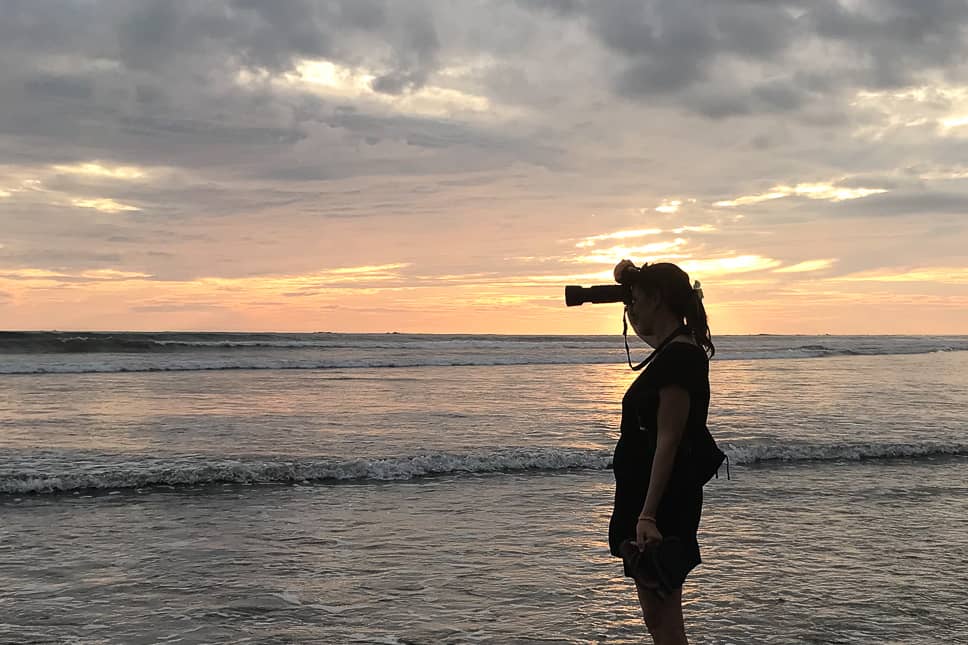
Canon has the same option as Sony with its Canon RF 70-200mm F2.8 lens and the cheaper version Canon RF 70-200mm F4. In the ultra-wide range, you can choose the Canon RF 100-500mm F4.5-7.1 or the very affordable Canon RF 100-400mm F5.6-8.
Also Nikon has a Nikkor Z 70-200mm F2.8 lens or this very affordable all-range Nikkor Z 24-200mm F4-6.3 lens. For ultra-zoom, there are fewer options with Nikon. You can go for Sigma or Tamron then.
Sigma has a more affordable ultra-zoom telephoto lens Sigma 150-600mm F5-6.3 for Sony, Nikon, and Canon.
Tamron also has Tamron SP 150-500mm F5-6.7 for Sony and Tamron SP 150-600 F5-6.3 for Nikon and Canon. You’ll need an adaptor however for Nikon and Canon as these lenses are for DSLR cameras.
Prime lens
With a prime lens, you can’t zoom. These are great for portraits, night photography, or landscapes as they often have a lower F-stop for a more affordable price.
Usually, the wider the lens and lower the F-stop, the more expensive it will be.
However, if you have to choose, prime lenses are less convenient for travel photographers, content creators, or influencers as you don’t have a zoom and therefore it’s harder to adjust to the situation.
For Sony, the Sony FE 50mm F1.8 is the cheapest prime lens. The Sony FE 24mm F2.8 is one of the most affordable wide-angle prime lenses with a decent low F-stop. Upgrades are the Sony FE 35mm F1.4 or the Sony FE 14mm F2.8. A more affordable alternative is the Sigma 20mm F1.4 Art.
Canon has these cheap Canon RF 50mm F1.8 and Canon RF 16mm F2.8 lenses, and a more expensive but still affordable Canon RF 35mm F1.8.
The Nikkor Z 50mm F1.8 is the most affordable prime lens for Nikon. If you want to go wider, the Nikkor Z 35mm F1.8 S and the Nikkor Z 20mm f/1.8 S are a fantastic upgrade.
Best camera gear backpack
Investing in a good travel camera backpack is essential for your travel photography gear. Especially as you’ll be walking around with it all the time, we advise you to choose a backpack over a shoulder bag.
Back in 2018, when we started with travel photography, we invested in a Lowepro Photography backpack. So many years later, we still use it.
We love the fact that it opens on the backside, which makes it impossible to steal the gear when we’re in crowded places and easy to open when it’s on the ground. . It also contains our laptop, valuables, snacks, and more.
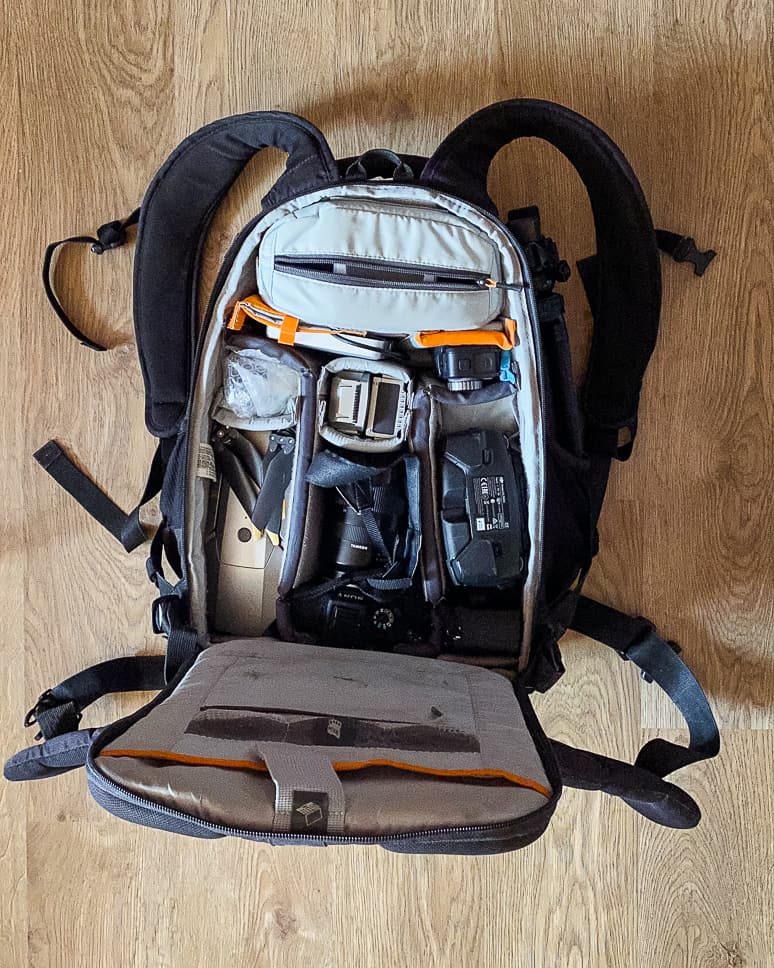
Other great alternatives are the ThinkTank Airport Commuter, the Peak Design Travel backpack with additional accessories to carry your cameras, the Shimoda Explore 40, and the Wandrd Prvke Travel (roll-top).
Travel tripod + Gorilla pod
A good tripod is essential for a travel photographer if you want to capture low-light situations or long-exposure shots. Content creators and influencers also need them to take shots with themselves (or the whole family) or vlog.
We own a Manfrotto Compact Action, which is a very stable tripod and affordable. The downside, however, is that it’s quite heavy because it’s made out of aluminum.
So I’m looking around for a new one. The Manfrotto Carbon Fiber travel tripod stands out. It’s very light but stable and compact. It’s also very affordable compared to other carbon fiber tripods.
We also have a small Gorillapod, which we use for both our camera and smartphone. There’s the Joby Gorillapod up to 3 kilos and the one for 5 kilos. They can stand on their own, but you can also wrap them around anything.
Best drone for travel photography
In our opinion, a drone is indispensable for any travel photographer who wants to work as a content creator or influencer. It’s an essential part of your travel photography gear and camera bag if you have the budget.
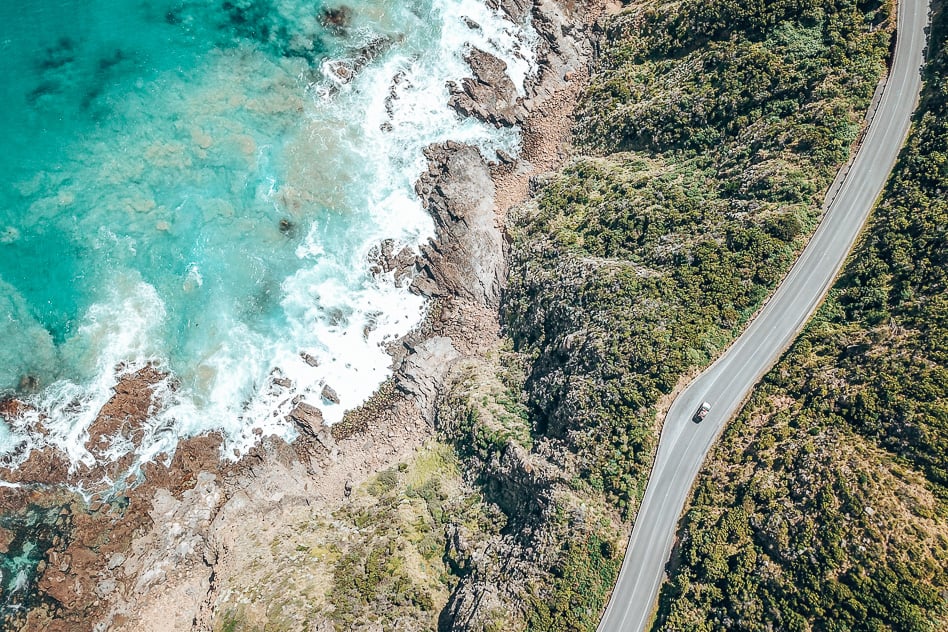
We own a DJI Mavic Pro 2, which recently got upgraded by the DJI Mavic Pro 3. Although it’s quite an investment, we love this drone. The image and video quality are exquisite and it folds extremely small.
PRO TIP: Invest in two extra batteries, a car charger, and extra propellers for your drone, so you don’t end up without your epic footage when you’re on location.
Meanwhile, they have the Mini Mavic Pro 4.
If you want to go wild, check out the DJI FPV Combo drone! With its goggles, you can fly in any direction, anywhere, through anything. It’s on our list!
The Fly More combos usually are a great deal if you want a complete package.
PRO TIP: If you want to upgrade your drone photography / videography, invest in additional lens filters for your drone for better exposure and to reduce glare.
Best action camera for travel
Another great camera you can’t miss in your camera travel bag is an action camera. You can attach them to almost anything and they are often shock- and waterproof.
GoPro has been the market leader for action cameras and the GoPro Hero 10 is their latest version. You can’t beat their image and video quality.
We own the DJI Osmo Action which is a great alternative and considerably cheaper.
If you’re buying an action camera, you can’t do without some accessories. These will allow you to use your action camera to its best. We own an underwater dome and head strap but there are many other options.
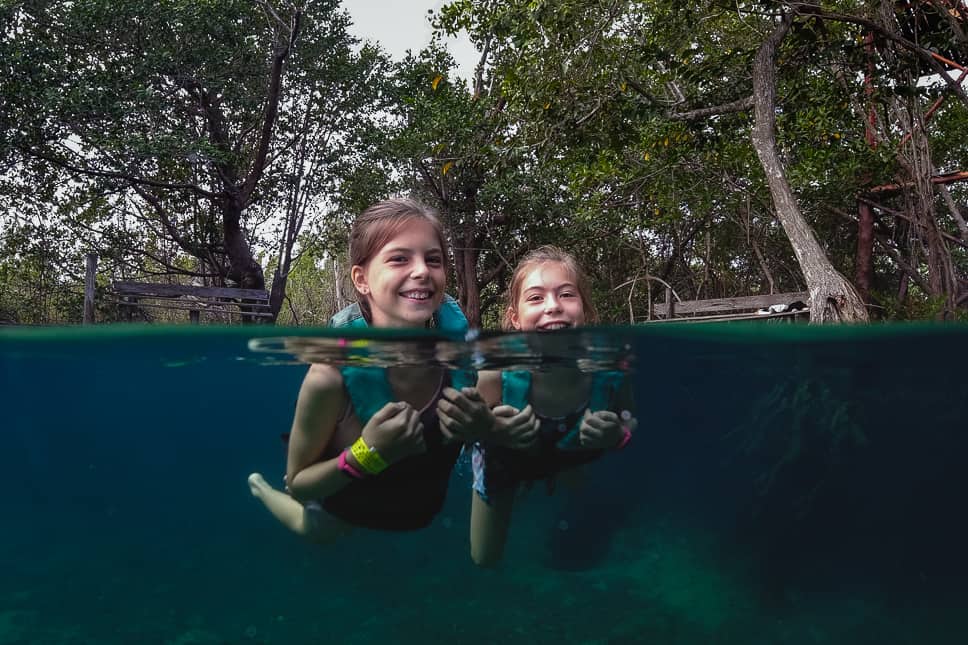
Best travel camera accessories for travel photographers or content creators
Lens filters
Certain effects are hard to obtain without proper lens filters. Just think of a long-exposure shot of a waterfall or a picture of the ocean without glare or reflection on the water. Especially for landscape photography, they are a must.
If you want to buy lens filters, you need to make sure they are adapted to your lens. Check the diameter.
There are three main types of filters:
- UV filters: a lot of photographers use these to protect their lenses from damage but they are not necessary. However, if you want to film, a UV filter is highly recommended to avoid blue tints.
- ND filters: neutral density (ND) filters reduce the amount of light that enters your lens. ND filters are used for long-exposure shots to create motion blur (such as waterfalls) even when there is a lot of daylight. They make sure your picture isn’t overexposed.
There are one-stop filters or variable ND filters where you can choose between different stops. The more expensive the ND filter, the better the original quality of your image is preserved. Great examples of ND filters are the Tiffen Variable ND Filter, Formatt-Hitech Filter, and NiSi variable filter (such as the 10-stop).
PRO TIP: use a graduated ND filter if you only want to darken part of the scene, for example, a very bright sky or background.
- Polarizing filters: these kinds of circular polarizing filters are used to reduce the reflection and glare of water, sun flares, or when you take pictures through a window. They also darken the sky or create more vivid colors, especially in the blues and greens.
Good examples of polaroid filters are the Hoya Fusion One Polarizing Filter or Breakthrough’s X4 CPL.
Camera clip
We don’t own one of these yet, but it will be the next addition to our travel photography gear.
The Peak Design Capture Clip is a fantastic tool that allows you to clip your camera to the shoulder strap of your backpack or your belt. That way you can easily access your camera but you always have your hands free. And it’s better for your back than a shoulder strap.
Camera strap
A camera usually comes with a branded camera strap. There are a few reasons, however, why you’d want to switch these.
First of all, a general camera strap that doesn’t show the brand of the camera, will give less reason to steal it. Secondly, the regular camera straps don’t have a quick-release function. The Peak Design Leash offers a solution for both of these problems.
Another reason why you’d want a different strap is comfort. As a travel photographer, you have to hike a lot with your camera. A shoulder strap might result in back or muscle pain. A camera harness will even the weight. If you’re carrying two cameras, this BlackRapid Double Breathe Harness is fantastic.
Intervalometer/Remote
If you want to take pictures with yourself or your family in the frame, a wireless remote comes in handy (unless you love to run back and forth all the time).
We love the Sony Bluetooth Remote, allowing us to shoot images and videos from a distance (with autofocus). Sony also has an app to control the camera with your smartphone, but the remote is far easier to handle.
A wireless intervalometer allows you to take multiple shots with a certain amount of time in between, for example, for a time-lapse. They are also great for long-exposure shots, where you can even open the shutter for several minutes.
Velo Wireless Shutterboss has great wireless intervalometers for all kinds of camera brands. A lot of recent cameras, however, have this function in their software now, so we don’t own one.
Memory cards (+ reader)
If you want to be able to post-edit your pictures, you need to shoot in RAW. These files take up a lot of memory space.
We own Sandisk 64 GB and 128 GB memory cards and a memory card reader. We prefer to take our memory cards out of our camera and use a reader to transfer them to our laptop, so we don’t use the camera’s battery.
A memory card case can be a handy tool to store and organize your memory cards.
PRO TIP: the quality of your memory card can influence the quality of your pictures. Invest in high-end memory cards and not in the cheap alternatives.
If you want to learn more about how memory cards work and which one to choose, check out this article about understanding memory cards.
Spare batteries + charger
You don’t want to have empty batteries on that one epic moment you’ve been waiting for! So always bring spare batteries for your camera, drone, action camera, …
Besides your regular charger, you could invest in a USB car charger for your camera batteries, allowing you to charge them while you are driving to the next spot.
External drive
We always bring two external hard drives (WB elements 5TB) when we travel. One to store all of our images and videos, and one as a backup. We keep them in separate backpacks in case one of them gets stolen.
Lens cleaning equipment
Traveling with kids, I often end up with fingerprints on my lens. A foggy lens is another common situation. Therefore, I always bring a microfiber lens cloth.
PRO TIP: Never clean your lens with paper towels
Sand and dust are a camera’s worst enemy. With an air blower, you can safely remove them without damaging your lens, or even worse, the camera sensor.
If a rocket blower doesn’t work, you can use a lens pen cleaning tool. With a sensor gel stick such as the Eyelead Camera Sensor cleaning kit, you can even safely clean your sensor.
Camera weather protection
How much your camera is protected against rain and snow depends on your camera. Our Sony A7R III has quite good weather sealing.
However, if the weather is really bad or you’re shooting near a waterfall or the ocean, it’s advisable to have extra camera weather protection. The Peak Design Shell is a great option.
If you are shooting in cold weather and also want to protect your hands, this Think Tank Rain Cover is your way to go.
The Op/Tech USA Rain Sleeve looks less professional but is way more affordable and easy to take along in your camera bag.
One extra thing, besides protecting your camera, don’t forget to protect yourself as well. When you’re shaking or your hands are frozen, you won’t be able to take great pictures.
We wrote an entire guide on the best clothing to wear in winter in Iceland, but this guide will help you to dress for any cold or harsh weather situation.
Other must-have gear for travel photography or content creation
Lightweight laptop or tablet
We don’t travel anywhere without our laptops these days. First of all, because we work online, but also because it is part of our essential gear for travel photography. We use it to post-edit all of our pictures.
Choose a laptop that is light but professional. We have a Macbook Pro but also carry an Acer Swift. Over time, we’d love to invest in an iPad Pro.
External microphone
If you want to focus on content creation and more specifically video creation, the internal microphone of your camera won’t be sufficient.
Therefore, a compact external microphone is a must for travel photography content creators and influencers. The Sennheiser MKE 400 Shotgun or Rode Videomic Pro are great microphones that go on top of your camera.
Tech pouch
As a travel photographer, you end up having tons of gear, cables, and small accessories, … To organize all of this, we bought a tech pouch and couldn’t be happier with it. No more chaos in our travel backpack!
Starting as a travel photographer
I have to admit, this was a very long article. But, in my defense, there was a lot of ground to cover ;-). However, I do want to emphasize two things!
First of all, if you’re just starting, you don’t need all of this gear to be a successful photographer, content creator, or influencer. Start with a decent camera, one wide-angle or all-round zoom lens (with low F-stop), and a tripod. You’ll come a long way with this basic kit.
Secondly, taking good pictures doesn’t depend on your travel camera gear alone. You need to practice, practice, practice, and educate yourself with new skills.
Let me know if you found this article helpful or if you have any other questions or remarks. Happy shooting!
Save on Pinterest
Like this article? Save it on Pinterest for later and share it with your friends.
